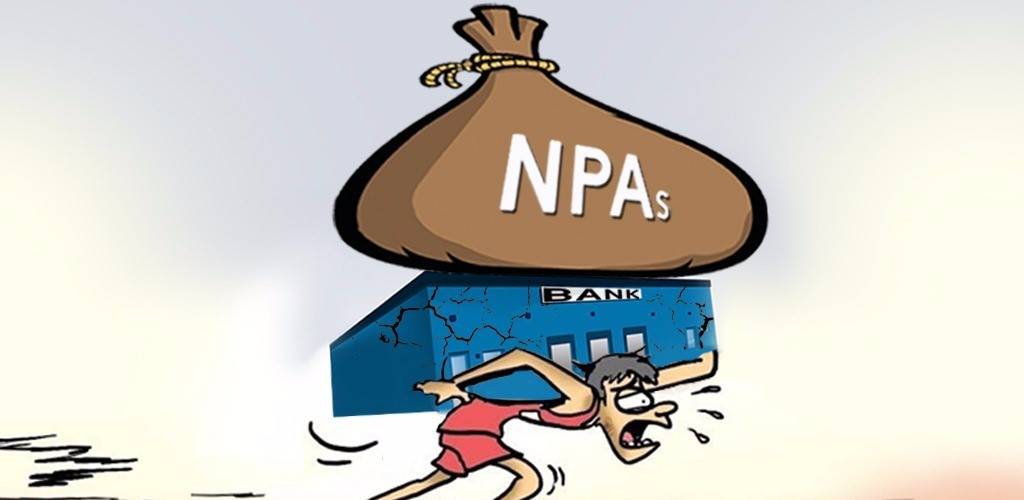
New Audit Rules by RBI
The Reserve Bank of India (RBI) has stiffened the norms for the appointment and functioning of auditors in commercial banks and non-bank financial companies (NBFC). Time and again the role of auditors has been questioned whenever bank frauds have happened in the past including the infamous PNB scam, YES Bank, IL&FS, and DHFL episodes.
The irregularities, in most cases, happened over years, and if experts are to be believed auditors have played a huge role in such scams.
Need for New Law
The central bank’s new restrictions are the outcome of a few giant enterprises monopolizing their industries. There are numerous new businesses with immense promise, yet the old businesses continue to dominate. The new RBI guidelines will assist fledgling businesses, and there will be no shortage of corporations willing to take on the responsibility.
The new standards were necessary to ensure the auditors’ independence, because, according to experts, if one business works with a bank for numerous years owing to a tight relationship, the firm’s impartiality will be jeopardized.
In the words of Mr. Nihar Jambusaria, President of the Institute of Chartered Accountants of India (ICAI), “Our ethical standards talk about acquaintance threat and the new norms seek to address that. If you work for the same client for a long time, due to acquaintance your independence can be impacted. ”
Guidelines for Appointment of Statutory Central Auditors (SCAs)/Statutory Auditors (SAs) of Commercial Banks (excluding RRBs), UCBs, and NBFCs (including HFCs)
The RBI guidelines primarily focus on critical topics such as auditor appointment procedures, tenure, eligibility, and independence, among other things. For the financial year 2021-22, the new norms will apply to Commercial Banks, Urban Cooperative Banks (UCBs), and NBFCs, including home financing businesses.
Non-deposit-taking NBFCs with assets under Rs 1,000 crore, on the other hand, have the option of continuing with their current method. UCBs and NBFCs will have enough time to implement these rules starting in H2 (second half) of FY 2021-22 to avoid any interruption. Commercial Banks and UCBs will be required to take prior approval of RBI for the appointment or reappointment of SCAs/SAs on an annual basis in terms of the above-mentioned statutory provisions.
They must apply to the Department of Supervision of the RBI for this before July 31 of the reference year. While NBFCs are not required to seek RBI clearance before appointing SCAs/SAs, all NBFCs must notify RBI of SCA/SA appointments for each year via a certificate in Form A within one month of the appointment.
Number of the Audit firm that can be Appointed
According to RBI rules, for entities with an asset size of Rs 15,000 crore and above as of the end of the previous year, the statutory audit should be conducted under a joint audit of a minimum of two audit firms.
All other entities should appoint a minimum of one audit firm for conducting the statutory audits. It should be ensured that joint auditors of the entity do not have any common partners and they are not under the same network of audit firms
Number of Auditors
If the asset size of the entity is up to Rs 5 lakh crore, a maximum number of auditors can be four, for firms with asset size between Rs 5 lakh crore to Rs 10 lakh crore. The maximum number can be 6, for entities with asset size above that. Up to Rs 20 lakh crore maximum number of auditors can be up to eight and for those above Rs 20 lakh crore, the number of auditors should be 12.
New Norms on Eligibility, Empanelment, And Selection of Auditors in PSBs
PSBs need to allow the top 20 branches to SCAs in such a manner as to cover a minimum of 15 percent of the total gross advances of the bank by SCAs. For other entities, SCAs/SAs shall visit and audit at least the top 20 branches and the top 20 percent of the branches of the entities.
In order to be selected for the level of outstanding advances, in such a manner as to cover a minimum of 15 percent of the total gross advances of the entities.
Tenure of Auditors
The RBI stated that organizations must appoint SCAs/SAs for a continuous period of three years to ensure the independence of auditors/audit firms. Furthermore, throughout the aforesaid time, commercial banks and UCBs can only dismiss audit companies with the prior consent of the RBI’s concerned office.
According to RBI rules, an audit firm would not be eligible for reappointment in the same entity for six years after completion of full or part of one term of the audit tenure. However, audit firms can continue to undertake the statutory audit of other entities.
Pros and Cons of the New Guidelines and Their Effect on the Industry
The Reserve Bank’s new auditor requirements will assist enhance overall audit quality and clarity, eliminate conflicts of interest, and assure auditor independence, all of which will contribute to financial stability.
On the flip side, the RBI standards may force auditors to quit in the middle of their contracts, which would break earlier agreements and destabilize the business. Investors, particularly FPIs, OCBs, MFs, and other institutions, will not look favorably on a change in auditors in the middle of the year.
The country’s reputation in the worldwide market would also suffer as a result of this. The Reserve Bank of India’s three-year period is relatively short, while the minimum contract duration for non-compliance with company law is five years.
CONCLUSION
As with all initiatives, the RBI’s new guidelines were greeted with enthusiasm by some and scorned by others. The new principles will improve audit standards while increasing the openness and independence of auditors. The Reserve Bank of India’s rules should be viewed as a new step toward establishing openness and confidence.
As a result of the new legislation, management will have to devote time to hiring new auditors who are familiar with the operation of NBFCs and financial institutions. However, everyone is finding it difficult to accomplish this in the current budget year. The contract will undergo several revisions, which is the industry’s biggest difficulty.
The RBI may consider deferring the circular’s implementation for at least two years to give the sector time to review and prepare for it, according to the industry association, which also proposed that a phased operationalization would help minimize immediate disruption.
Tags: partnership audit rules, new partnership audit rules, new audit rules, partnership tax audit rules, partnership tax audit, partnership audit









